Delve into the world of snack additives that RFK Jr advises you to eliminate from your pantry. These common ingredients, often found in processed foods, can pose various health risks. Understanding these additives can lead to more informed choices about what you consume.
Red Dye No. 40
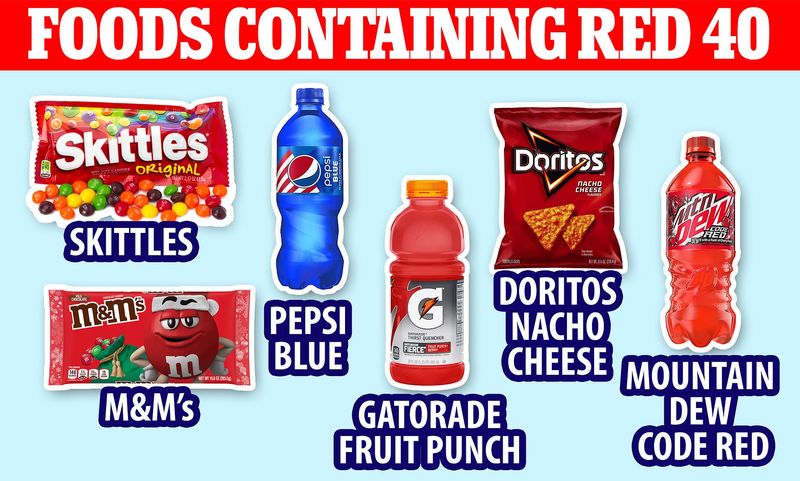
Red Dye No. 40, a common synthetic food dye, paints snacks with an appealing hue. However, its bright allure masks potential dangers. Studies suggest links between this dye and hyperactivity in children, raising concerns among parents and health advocates alike.
Used extensively in candies, cereals, and beverages, Red Dye No. 40 is hard to avoid. Despite its widespread use, many consumers are unaware of its possible side effects. The ongoing debate about its safety has prompted some countries to restrict its usage.
In the U.S., it remains prevalent, but awareness is growing. Consumers are increasingly seeking natural alternatives, pushing manufacturers to reconsider their ingredient lists.
Yellow 5

Yellow 5, also known as Tartrazine, is a bright yellow dye used to enhance the color of snacks and beverages. Its sunny appearance belies the controversies surrounding its safety. Some research links it to allergic reactions and hyperactivity.
This dye is prevalent in a myriad of products, from chips to soft drinks. Despite its popularity, Yellow 5 has faced scrutiny from health organizations, leading to bans in some countries.
In regions where it is permitted, manufacturers must navigate consumer concerns. The demand for transparency and healthier options is rising, prompting shifts in the industry towards more consumer-friendly ingredients.
Yellow 6

Yellow 6, or Sunset Yellow, imparts an enticing orange tint to foods, but its safety is often questioned. Some studies indicate a potential link between Yellow 6 and hyperactivity in children, as well as allergies.
This dye is common in a range of products including gummies and baked goods. Despite its alluring color, the potential health risks cannot be ignored. Several countries have restricted its use, although it remains widely used in others.
Consumers are becoming more vigilant about ingredient labels. As awareness grows, the call for natural and safer alternatives continues to influence market trends, steering companies away from synthetic dyes.
High Fructose Corn Syrup
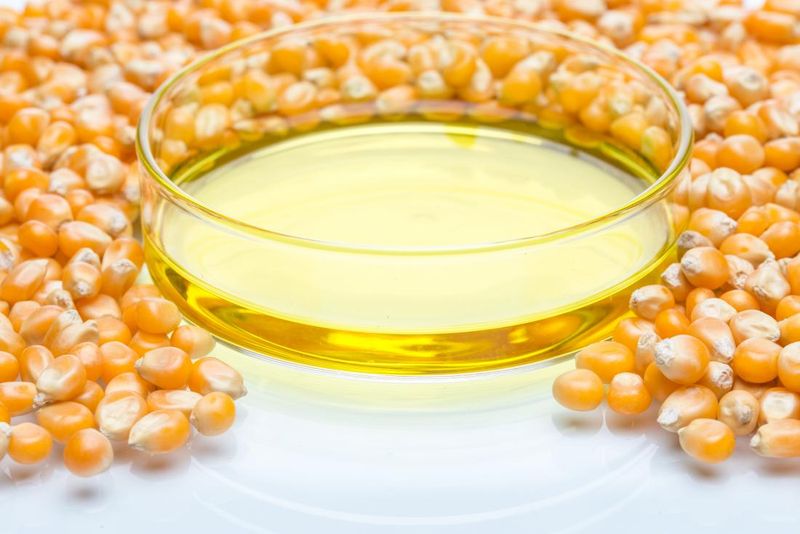
High Fructose Corn Syrup (HFCS) has long been a staple sweetener in processed foods. Its affordability and sweetness make it a favorite among manufacturers. Yet, its association with obesity and metabolic disorders has made it a hot topic in health discussions.
HFCS is prevalent in soft drinks, snacks, and condiments, making it challenging to avoid in the typical diet. Critics argue that its high-caloric nature and contribution to weight gain make it a public health concern.
Despite its prevalence, many consumers are turning towards products with alternative sweeteners. The demand for transparency and healthier options is encouraging producers to explore new formulations that align with consumer health interests.
Sodium Benzoate
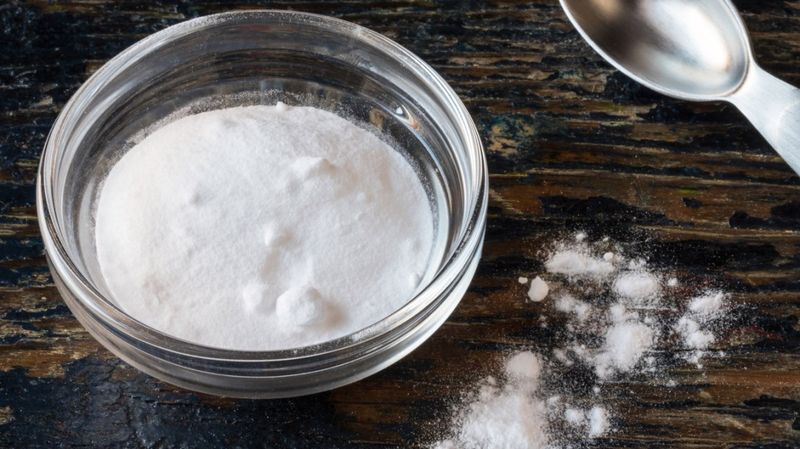
Sodium Benzoate is a preservative commonly found in acidic foods like soft drinks and salad dressings. Its role is to inhibit the growth of harmful microbes, but concerns about its safety continue to emerge.
When combined with Vitamin C, Sodium Benzoate can form benzene, a compound linked to cancer. This potential risk has fueled debates and research into its safety and usage limits.
While it helps extend shelf life, consumers are increasingly wary of preservatives like Sodium Benzoate. The demand for natural preservation methods is growing, prompting innovations in food safety and preservation.
Butylated Hydroxyanisole (BHA)
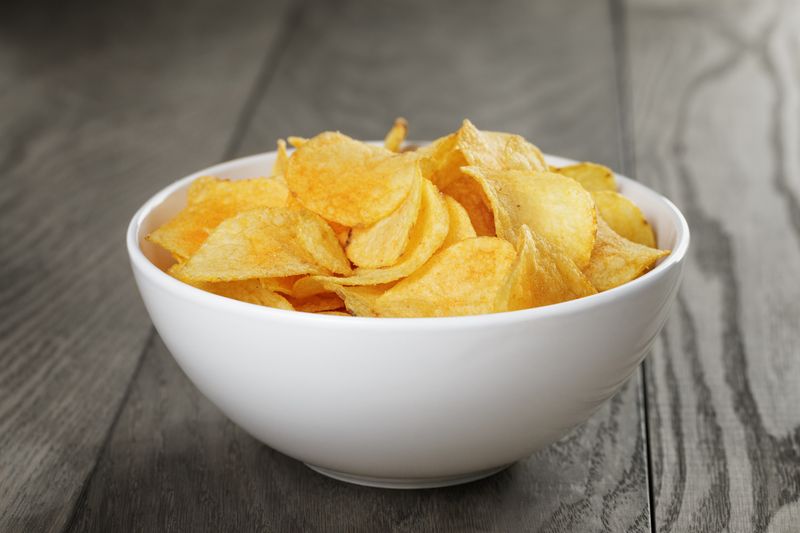
Butylated Hydroxyanisole (BHA) is an antioxidant used to preserve fats in foods. It stabilizes products like chips and cereals by preventing rancidity. However, its chemical nature has raised health concerns, including potential carcinogenic effects.
BHA is commonly used in processed foods, but its status is controversial. Some studies suggest links to cancer, leading to restrictions in certain regions.
As awareness of food additives grows, consumers are demanding transparency. This push is encouraging food manufacturers to seek safer and more natural alternatives to traditional chemical preservatives like BHA.
Butylated Hydroxytoluene (BHT)

Butylated Hydroxytoluene (BHT) is used to extend the shelf life of products by preventing oxidation. Found in cereals and snack foods, this synthetic antioxidant helps maintain freshness.
Despite its utility, BHT is often scrutinized for potential health impacts. Some research points to its possible role in hormone disruption and cancer risk.
The debate over BHT’s safety continues to influence consumer preferences. As consumers become more knowledgeable about food ingredients, they are increasingly choosing products that use natural preservation methods.
Propyl Gallate
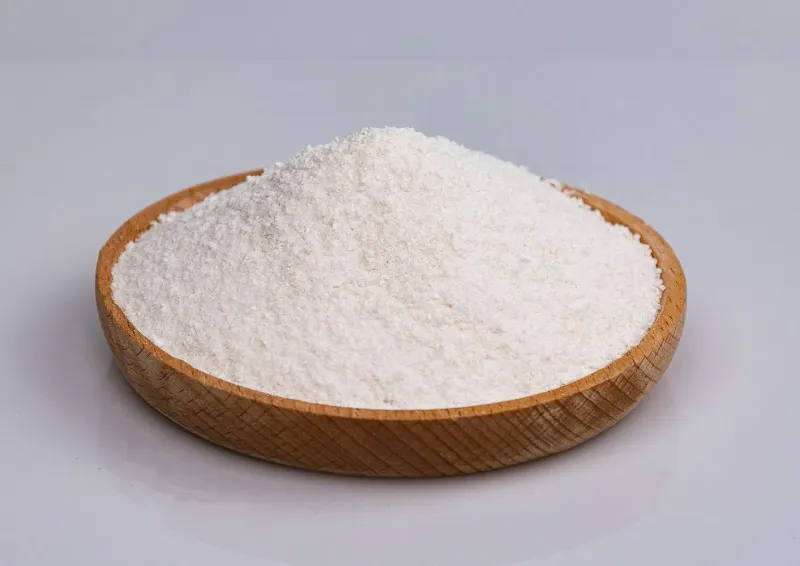
Propyl Gallate is an antioxidant used to prevent fats and oils from spoiling. While it helps maintain the freshness of foods, it has faced scrutiny for potential health risks.
Concerns have been raised about its possible links to cancer, though conclusive evidence remains elusive. This uncertainty prompts ongoing research and regulatory evaluation.
In response to consumer awareness, many companies are reevaluating their use of additives like Propyl Gallate. The shift towards natural ingredients is reshaping the food industry landscape, with an emphasis on safer alternatives.
Potassium Bromate

Potassium Bromate is often used in bread-making to improve dough strength and rise. Despite its functional benefits, it has become controversial due to its potential health risks.
Some studies suggest a link between Potassium Bromate and cancer, leading to bans in several countries. In regions where it is still allowed, regulatory bodies closely monitor its use.
As consumers grow more conscious of food safety, the call for transparency in ingredient lists is amplifying. This trend is steering bakers and manufacturers toward safer, more acceptable alternatives.
Titanium Dioxide
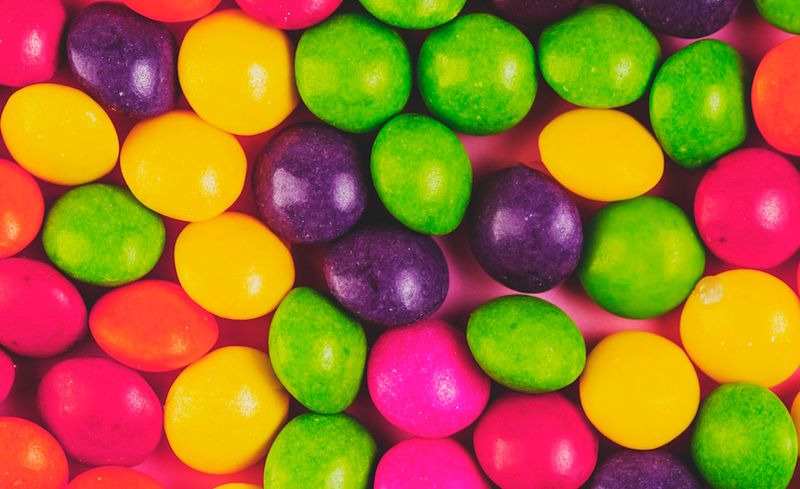
Titanium Dioxide is used to enhance the color and opacity of food products. Commonly found in candies and baked goods, its bright white appearance is visually appealing.
Though generally considered safe, concerns about its nanoparticle form have emerged. Some studies question its impact on health, particularly in relation to respiratory and cellular effects.
The debate over Titanium Dioxide’s use in food is part of a larger dialogue on safety and transparency. Consumers are increasingly advocating for clearer labeling and safer alternatives, influencing product formulations.
Monosodium Glutamate (MSG)
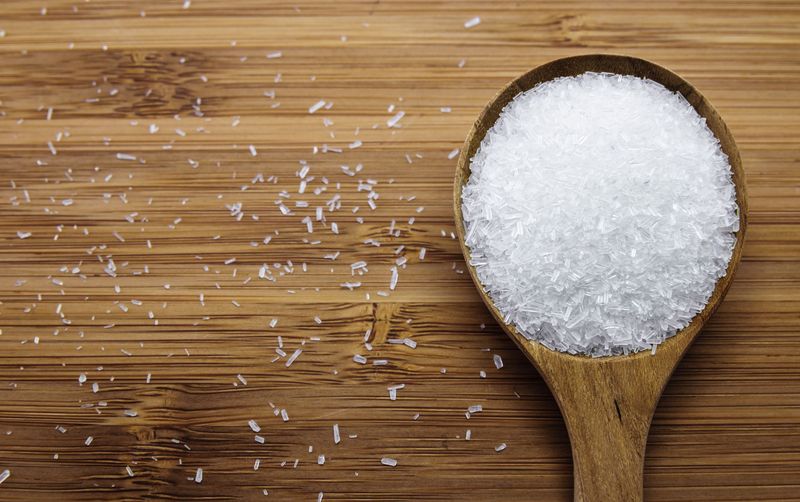
Monosodium Glutamate (MSG) enhances the savory taste in foods, making it a popular additive in snacks and savory dishes. While it enhances flavor, its reputation is mixed, with some individuals reporting sensitivity to MSG.
Reactions can include headaches and other discomforts, though these are not universally experienced. Despite these concerns, MSG remains widely used due to its ability to boost flavor profiles effectively.
The conversation around MSG highlights the balance between flavor enhancement and health considerations. As consumers become more ingredient-conscious, the demand for informed choices and alternative flavoring methods continues to grow.
Artificial Sweeteners (Aspartame, Sucralose, Saccharin)
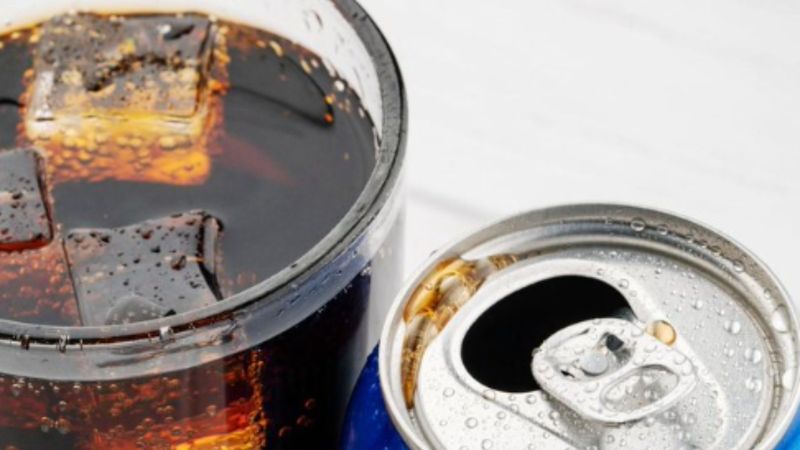
Artificial sweeteners like Aspartame, Sucralose, and Saccharin offer a sugar-free sweetening option. Though they add sweetness without calories, debates over their safety persist.
Some studies suggest potential links to metabolic issues and other health concerns. This has prompted consumers to question the long-term effects of these substitutes.
The growing interest in natural sweeteners reflects a shift in consumer preferences. The quest for healthier, more natural alternatives is influencing the market, driving innovation in sweetening options.
Leave a comment